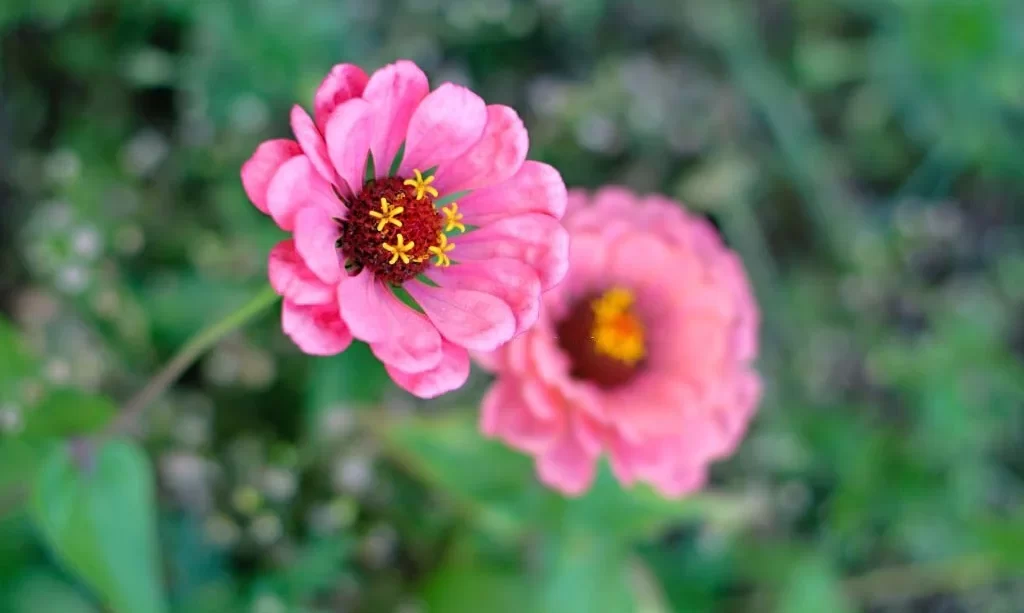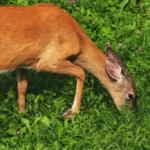In the vibrant tapestry of garden blooms, zinnias stand as colorful sentinels, known for their dazzling array of hues and the joyful ambiance they bring to landscapes. Gardeners and flower enthusiasts adore these annuals not only for their striking appearance but also for their reputation as easy-to-grow plants. Yet, amidst the delight zinnias bring, a question often arises: do zinnias have the remarkable ability to self-seed and perpetuate their charm year after year? In this exploration of the zinnia’s life cycle and its natural tendencies, we embark on a journey to uncover whether these garden favorites possess the enchanting gift of self-seeding, adding a touch of wild beauty to our meticulously cultivated gardens.
The Life Cycle of Zinnias
To understand the intricacies of zinnia self-seeding, we must first acquaint ourselves with the life cycle of these vibrant blooms. Zinnias, like many annual flowers, follow a well-defined pattern of growth and reproduction.
From the humble zinnia seed, life sprouts as delicate cotyledons push through the soil’s surface. Over the course of several weeks, these tender seedlings grow into robust plants, developing lush foliage and, eventually, the iconic blossoms that captivate gardeners and pollinators alike. Zinnias play a vital role in supporting pollinators, as bees and butterflies are drawn to their nectar-rich flowers.
As the zinnia flowers mature, a magical transformation occurs. Petals fall away to reveal the formation of seed heads, small capsules that house the future of these radiant blooms. It’s within these seed heads that the potential for self-seeding lies, as they contain the seeds needed for the next generation of zinnias. Yet, whether these seeds will embark on a journey of self-sowing or require a gardener’s gentle hand to continue their legacy remains a captivating question.
Do Zinnias Self-Seed?
The concept of self-seeding is a phenomenon cherished by gardeners who relish the spontaneous beauty of plants perpetuating themselves. Zinnias, in their natural settings, do have the capacity to self-seed, allowing them to return year after year with little intervention.
However, the propensity of zinnias to self-seed can be influenced by various factors. Climate plays a role, as zinnias may self-sow more readily in regions with mild winters and a longer growing season. Soil conditions, the specific zinnia variety, and the presence of pollinators also play their part in determining whether zinnias will self-seed abundantly.
In the garden, the extent to which zinnias self-seed may vary. Some gardeners may find an abundance of self-sown zinnia seedlings emerging each spring, while others may need to collect and sow zinnia seeds to ensure a consistent display of these radiant blossoms.
As we delve deeper into the world of zinnias, we uncover not only their potential for self-seeding but also the nuances that influence this charming process. Whether zinnias grace our gardens as self-sown surprises or as seeds intentionally sown by our hands, their vibrant presence remains a testament to nature’s artistry and the enduring allure of these beloved blooms.
- Feed all bulbs, tubers, corms and rhizomes
- Made with 100% organic and natural ingredients
- Superior blend of fish bone meal, alfalfa meal, feather meal, soft rock phosphate and mined potassium sulfate
- Contains no GMOs, chicken manure or sewage sludge
- Feeds for several months
Benefits of Zinnia Self-Seeding
The phenomenon of zinnia self-seeding brings forth an array of benefits that both gardeners and nature enthusiasts can appreciate:
- Low Maintenance: Zinnias that self-seed require minimal maintenance. Once established, they thrive without the need for replanting, saving gardeners time and effort.
- Natural Beauty: Self-sown zinnias create a delightful, wildflower effect in the garden, adding a touch of spontaneity and natural beauty to carefully planned landscapes.
- Continuous Blooms: Self-seeding zinnias often provide a continuous display of colorful blooms throughout the growing season, ensuring your garden remains vibrant and inviting.
- Pollinator Paradise: Zinnias are renowned for attracting pollinators, and self-seeding zinnias can be a haven for bees, butterflies, and other beneficial insects, contributing to a healthier ecosystem.
Encouraging Zinnia Self-Seeding
For gardeners who wish to encourage the enchanting practice of zinnia self-seeding, a few strategies can be employed:
- Selecting Self-Seeding Varieties: Certain zinnia varieties have a greater propensity to self-sow. Look for heirloom or open-pollinated varieties known for their self-seeding habits.
- Leave Some Spent Flowers: To allow zinnias to set seed, leave some spent flowers on the plant rather than deadheading them. These flowers will produce seeds that can self-sow.
- Naturalizing Areas: Designate specific areas of your garden for naturalization, where zinnias and other self-seeding plants can thrive without the constraints of formal beds.
- Minimal Disturbance: Minimize soil disturbance in self-seeding zones to allow seeds to fall and establish themselves naturally.
Managing Zinnia Self-Seeding
While the allure of self-seeded zinnias is undeniable, there may be instances where management is necessary:
- Thinning Seedlings: In some cases, self-sown zinnias may become too dense. Consider thinning seedlings to provide adequate space for healthy growth and air circulation.
- Transplanting: If self-sown zinnias appear in unwanted areas, carefully transplant them to preferred locations within your garden.
- Containment: If you wish to prevent zinnias from spreading too widely, consider planting them in containers or using edging to contain their growth.
Conclusion
Zinnias, with their vibrant blooms and propensity for self-seeding, epitomize the harmonious blend of cultivated gardens and the spontaneity of nature. Whether they appear as surprises or are intentionally encouraged, self-seeded zinnias bring forth a sense of wonder and a connection to the natural world.
As gardeners, we have the privilege of witnessing this enchanting cycle, where zinnias return year after year with their radiant colors and pollinator-attracting flowers. Whether you choose to foster zinnia self-seeding or manage it to suit your garden’s needs, the enduring beauty of these blooms remains a testament to the magic that can unfold when we allow nature to play a role in our carefully crafted landscapes.





